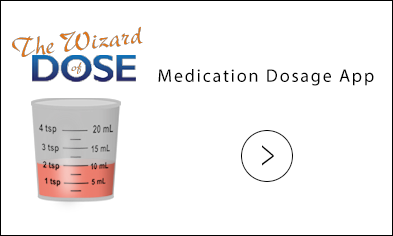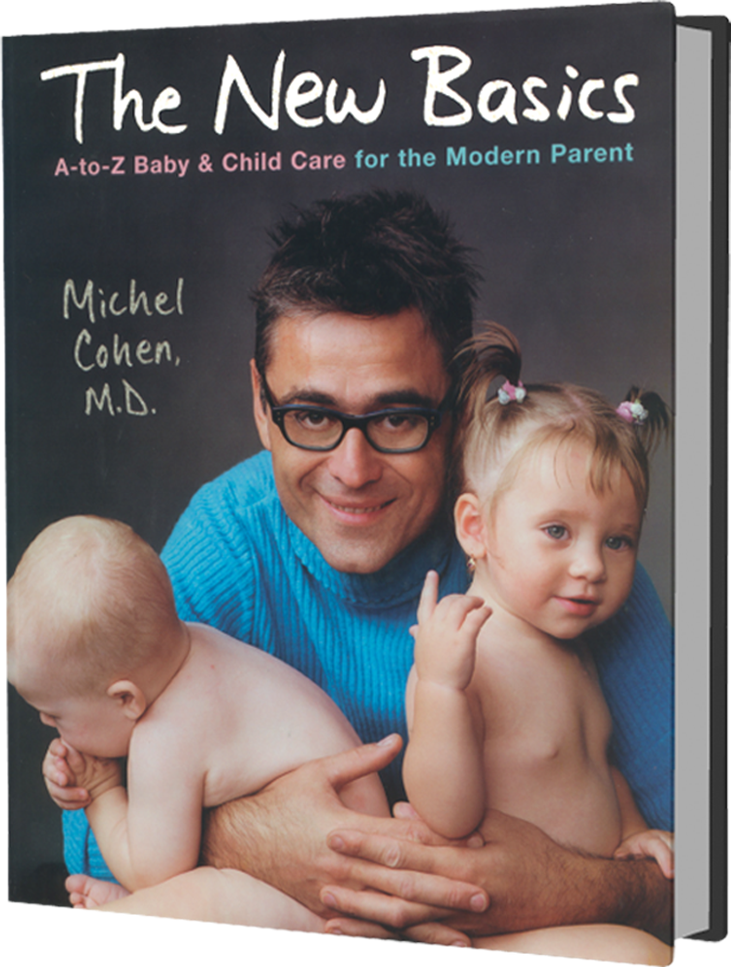
Bug Bites
In Infants
A bug bite is less problematic than the reactive inflammation it triggers in the body and the potential that the inflammation might become infected. Scratching worsens inflammation, which continues the cycle.
Bug bites rarely produce much inflammation at this age, presumably due to the fact that babies don’t really scratch. As a result, any significant swelling or increased redness you do see is a good indicator of a potential infection. This would require medical attention and probably antibiotics.
In Children
Young children are more prone to inflammation, which shows up as rapid swelling, redness, and itching. This is particularly true when the bites occur on the face and around the eyes; these regions have lots of blood vessels, and the swelling can be pronounced. Spider bites in particular produce conspicuous swelling. Inflammation responds to oral antihistamines such as Benadryl, which control the itching but cause drowsiness as a side effect.
If scratched, inflammation can turn into infection, which presents as increased redness, pain, and sometimes even yellow pus. Infected bites are treated with topical antibiotic creams and, on occasion, oral antibiotics prescribed by your doctor. If your child has been stung, remove the stinger if it comes out easily. Otherwise, leave it in, and the body will take care of it in time. If it’s a tick, remove it as well as you can by scraping it with a credit card. Just accept that a little piece will probably remain under the skin, and don’t dig for it, because you risk introducing infection.
In terms of symptom relief, short-acting antihistamines such as Benadryl are the most efficient way to treat the itching of a bug bite. Topical lotions and creams are relatively inefficient, but plain old ice can provide temporary relief.
An allergy to bug bites such as bee stings is rare in older children and even rarer in infants, but it can be serious. You’ll recognize it by an intense immediate swelling which can be accompanied by difficulty breathing. Jimmy’s allergic reaction to his first bite or sting is usually not as intense as the later ones will be, so take that first bite as a good warning to avoid stinging insects as best you can (see “Prevention,” below), and to carry an epinephrine-filled syringe (sold prepackaged at the pharmacy) while outdoors.
Prevention
Chemical insect repellents all contain the same active principle, DEET, at different strengths. They stink, and they may be toxic if overused, but they do work. Children’s formulas are slightly less concentrated, so they’re safer but less effective. Avoid applying these products, no matter how low their strength, on children younger than a year; the chemicals can penetrate Lucy’s thin new skin, thus magnifying the side effects. As for natural insect repellents, they have very nice names that evoke the forest and purity and so on, but they don’t work at all. A mosquito net can be helpful at night, unless one mosquito finds its way inside the net and spends the entire night with your child.
One final tip: You can minimize the risk of infection by keeping Jimmy’s nails short, thereby limiting his ability to scratch the inflamed area and introduce infection.




 MEDICATION DOSAGE
MEDICATION DOSAGE

